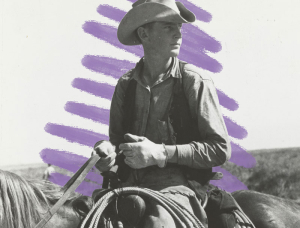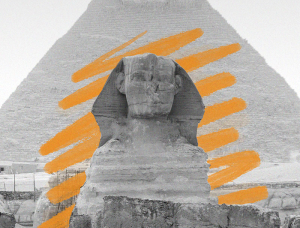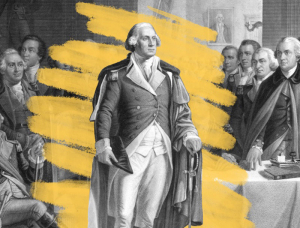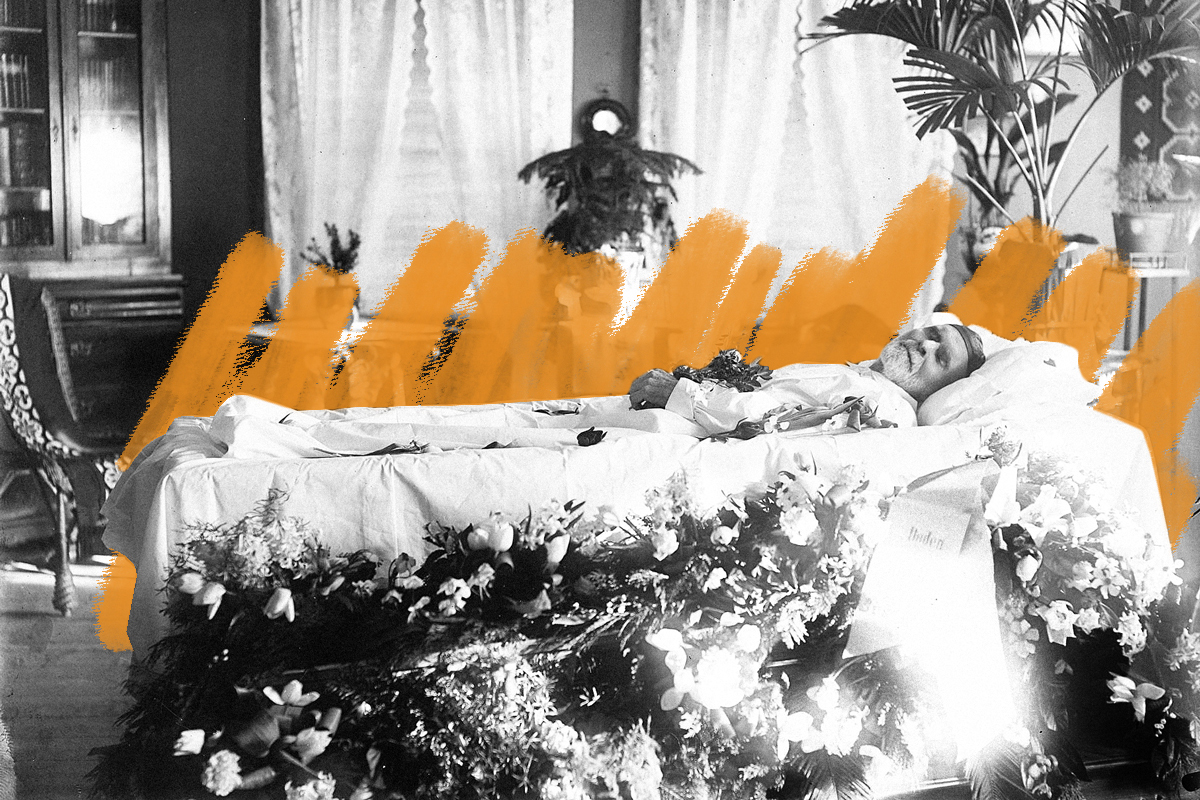People in the Victorian era frequently took photos of the dead.
Though it may seem shocking to us today, taking and displaying postmortem photographs was a popular practice in European and American life during the Victoria era. In a time before modern sanitation, vaccines, and antibiotics, death was commonplace, and making images of the dead was part of mourning rituals. Postmortem portraiture — in the form of drawings and paintings — had long been available to those who could afford it, but the invention of photography democratized the trend.
While we tend to associate death with the morbid or grotesque today, many of these images were beautiful and emotional remembrances. The dead were often depicted in their beds or coffins accompanied by flowers (such as lilies and forget-me-nots) or keepsakes. If the deceased was a small child, they were held or propped up by family members. These photos were often displayed in parlors and family photo albums alongside pictures of the living, or they might be carried in lockets.
Postmortem photography reached its peak in the 1860s and 1870s, but began to fade away by the early 20th century, and had all but disappeared by the 1930s. By then, the cultural attitude toward death and mourning had changed. It was less likely that people would pass away at home and be taken care of by family members, and more likely that death was seen as a matter for hospitals and funeral homes. The mass casualties of World War I also encouraged a turn away from elaborate Victorian-era mourning customs. For one thing, families simply didn’t have time to mourn so many losses, and these wartime casualties often took place far from home. Yet today, postmortem photographs have become a treasured item for many collectors, who see great tenderness in these attempts at immortality.







